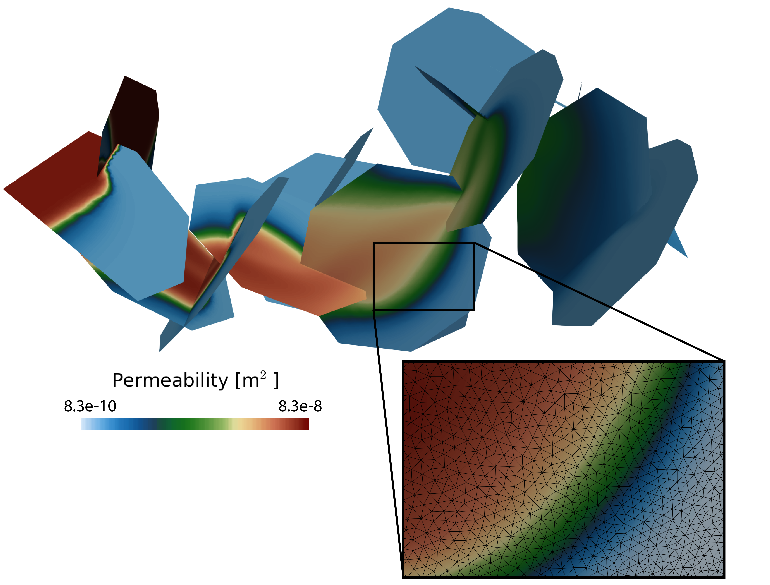H.D. Cochran, Questions for the Workshop
Third DOE/Basic Energy Sciences Separations
Research Workshop
Savannah DeSoto Hilton, Savannah, Georgia
May 12-14, 1999
Questions for the Workshop
H. D. Cochran
Oak Ridge National Laboratory
Dr. Cochran took the approach of asking questions of the audience that would stimulate discussion amongst the members of the workshop. The following are the results of some of the discussion that ensued.
Nanoscience: When alluding to nanoscience, new DOE initiatives seem to be mainly aimed at hard materials. We’ve seen that it also applies to soft materials, fluids, etc. This community would benefit byencourages an emphasis onf the benefits of an understanding of nanoscale phenomena in fluids and soft materials as well. OBER/OBES should work together to foster cross-fertilization in biomimetic nanoscale work; the two communities could learn from each other.
Separations Workhorses: Distillation, crystallization, and drying are the “workhorses” of industrial separation. These are huge consumers of energy while much of design and practice of these is relatively low-tech. There is little being done in the BES separations program to impact those techniques. The BES Separations Program aims to be at the cutting edge of new separations science and technology. Can we apply what we’ve learned from solvent extraction, ion exchange, adsorption, etc. to improve our understanding/application of the workhorses??
Membranes: Membranes can replace an important portion of distillation applications and have made some significant progress. The application of electric fields to membranes has given us some remarkable results. Study of mixing and membrane interfaces can contribute to many processes. Need to find the right niches. Membrane materials remain an important area of overlap between separations and materials.
Crystallization: After many years of study we still don't understand the details of crystallization. Some of the areas needing study include:
- Weak intermolecular forces where there is a need for more measurements of bonds and particle and molecular motion;
- Solid-liquid interfaces are tough to describe;
- Crystals and self-assembled systems have small free-energy driving force;
- Many structures are close in energy, so difficult to calculate stable configuration.
- Nucleation and phase separation are ubiquitous.
- Impurities at interfaces continue to limit our ability to study nanoscale structures.
Physical properties: Little work funded in United States in the area of physical properties. The issue is that measuring physical properties is not glamorous, and does not generally lead to the direct solution of societal problems. Therefore the measurement and theoretical work in physical properties is seldom included in initiatives and funding is very difficult to find. On the other hand, properties is an area that industry sees as a proper role for government-funded research and continues to be interested in results. Physical properties of polymeric and electrolyte systems are difficult to describe. The trend in properties is departure from activity coefficient models to equation-of-state models, but these continue to need improvement. One example is the biochemical molecules that form the basis of the emerging biotechnology industry.
Computer modeling: There is an unjustified tendency for public to think that we don’t need measurements/experiments any more since computations are getting more powerful. There is a need to educate the public, program managers, and others on current state of computations.
Computer modeling has made great advances in recent years and promises to be a valuable supplement to experimental measurements, even replacing measurements in some instances. However, there will always remain a fundamental need for experimental measurements which, after all, constitute the reality that computer modeling aims to simulate.



